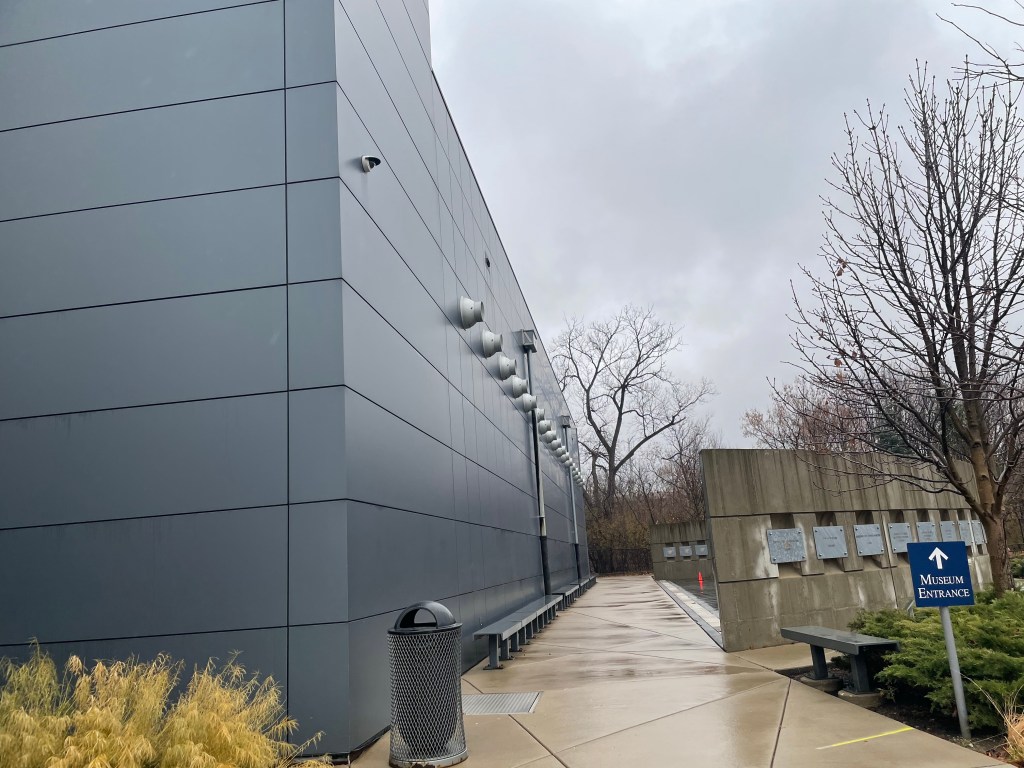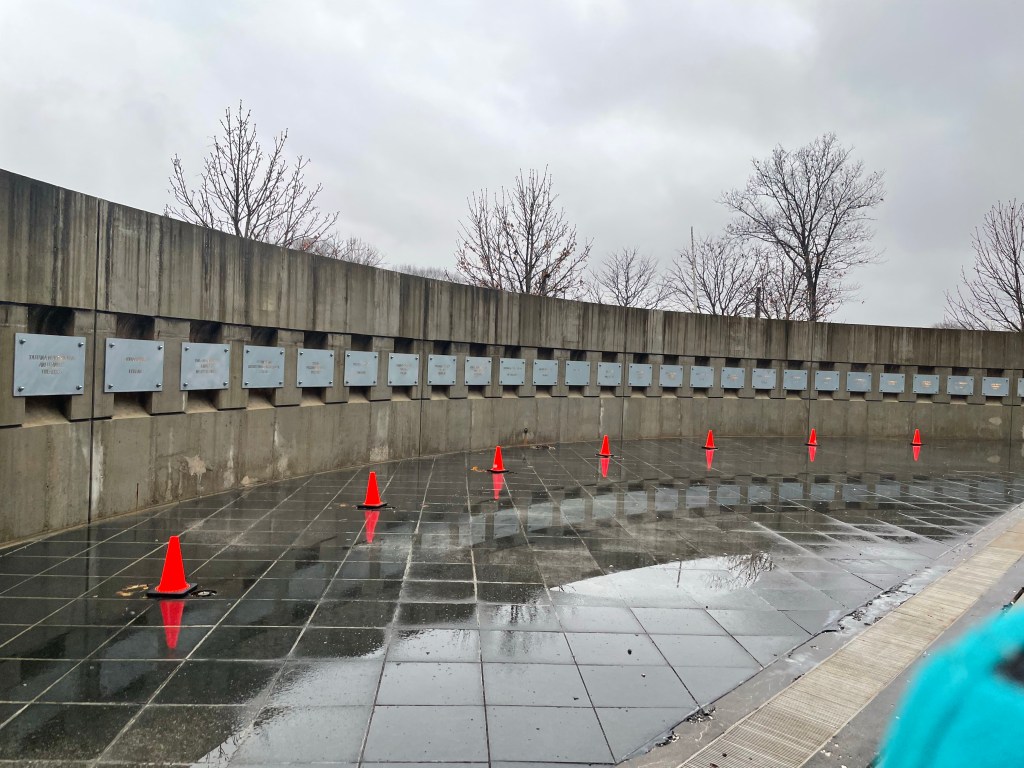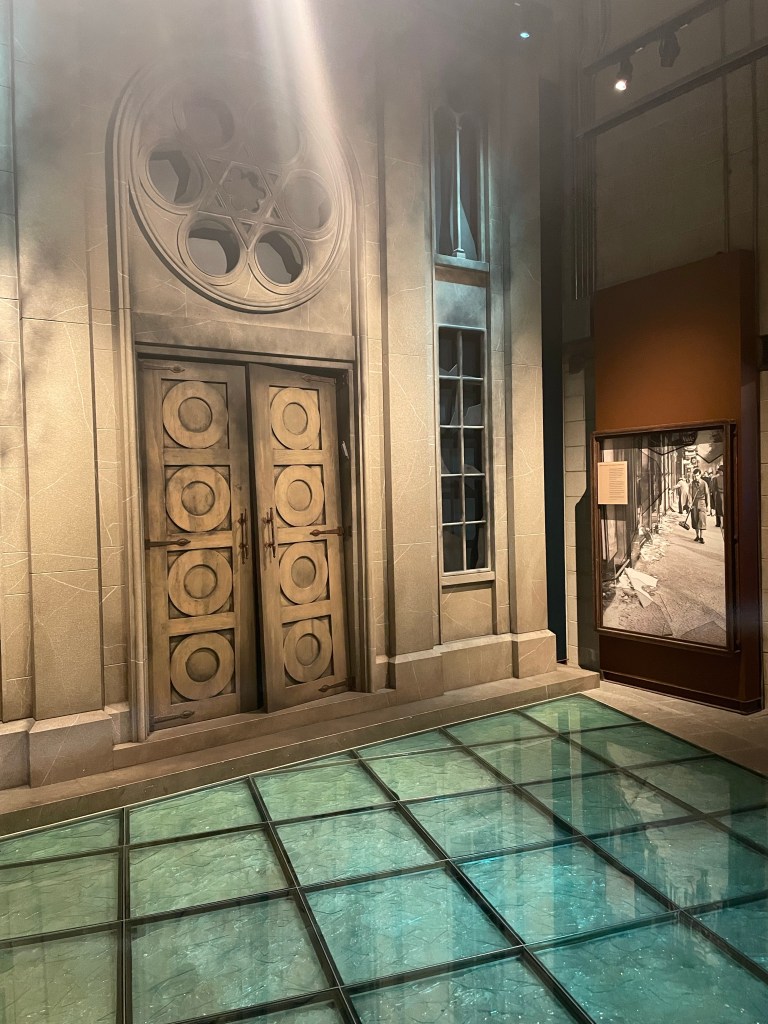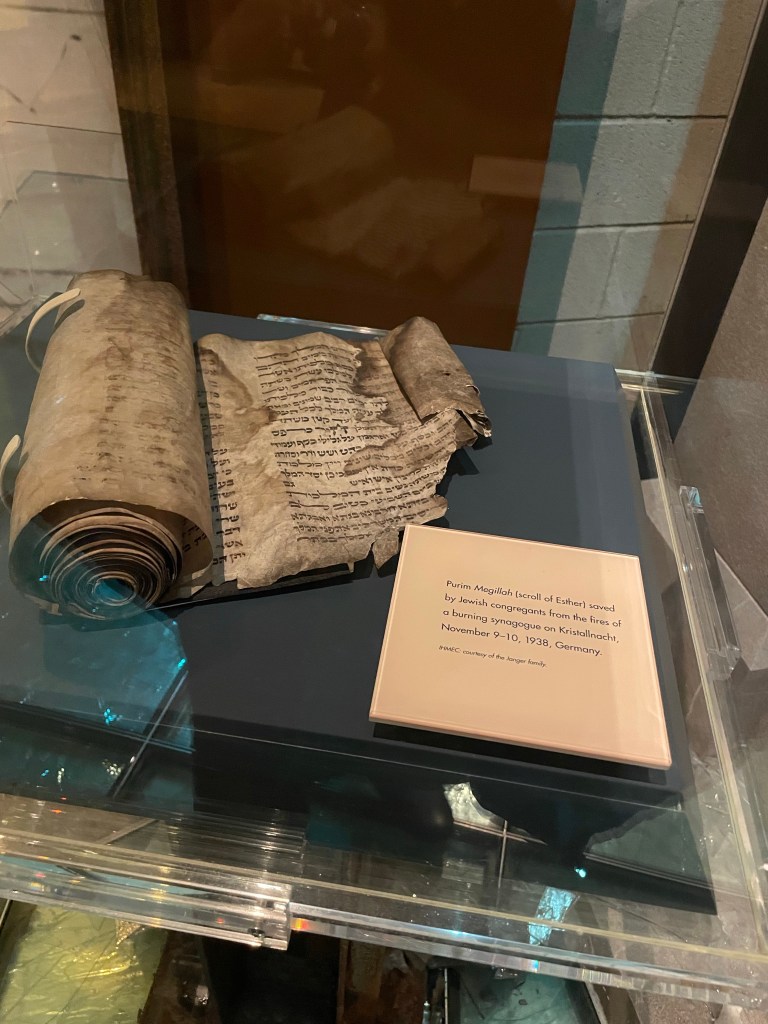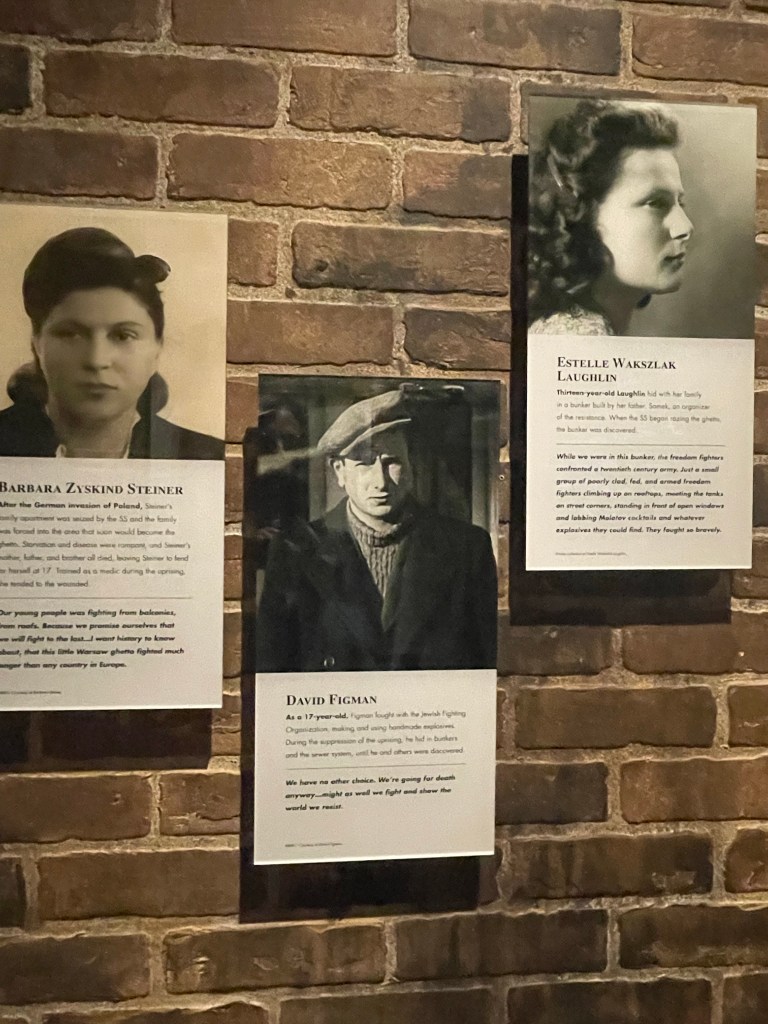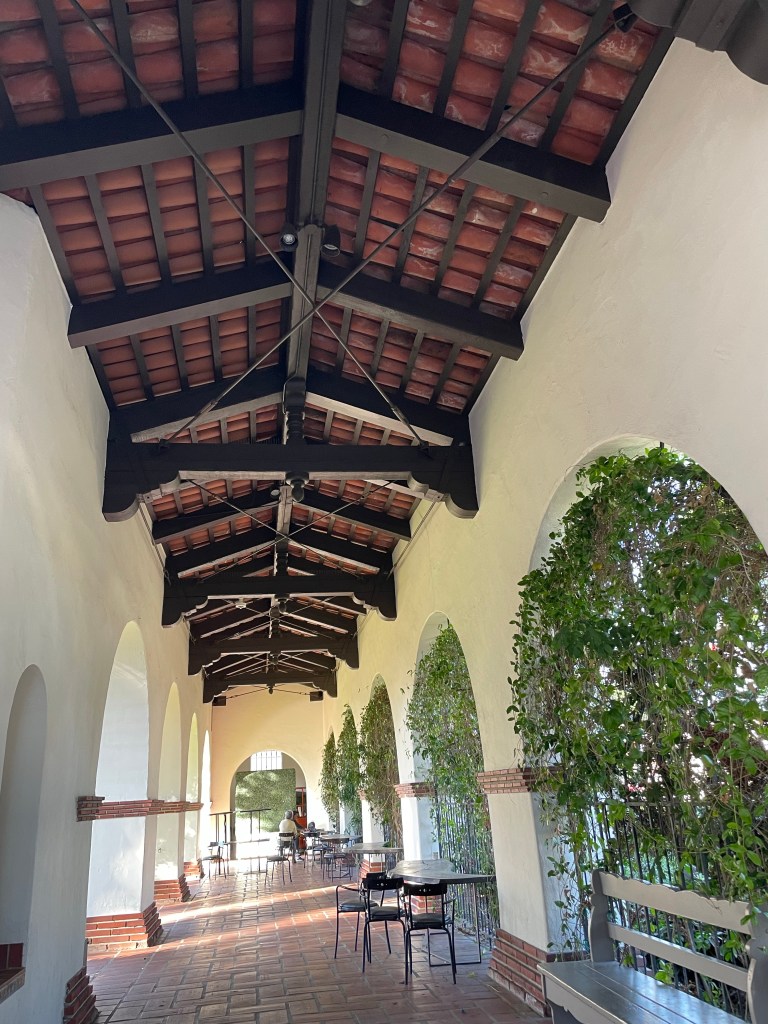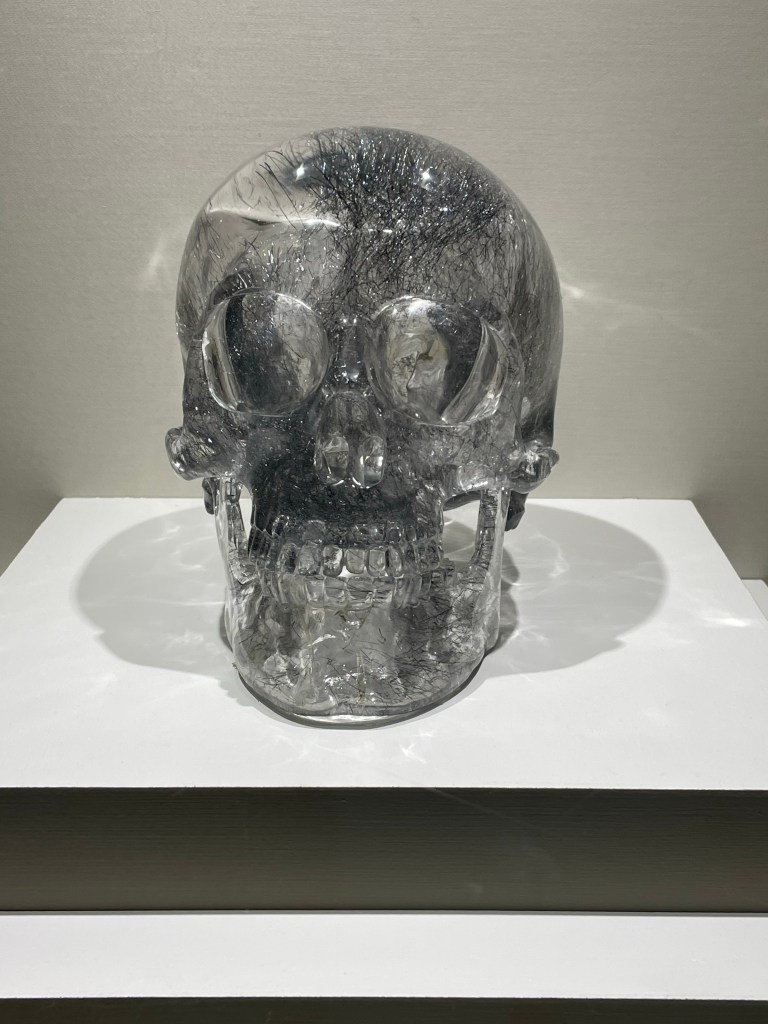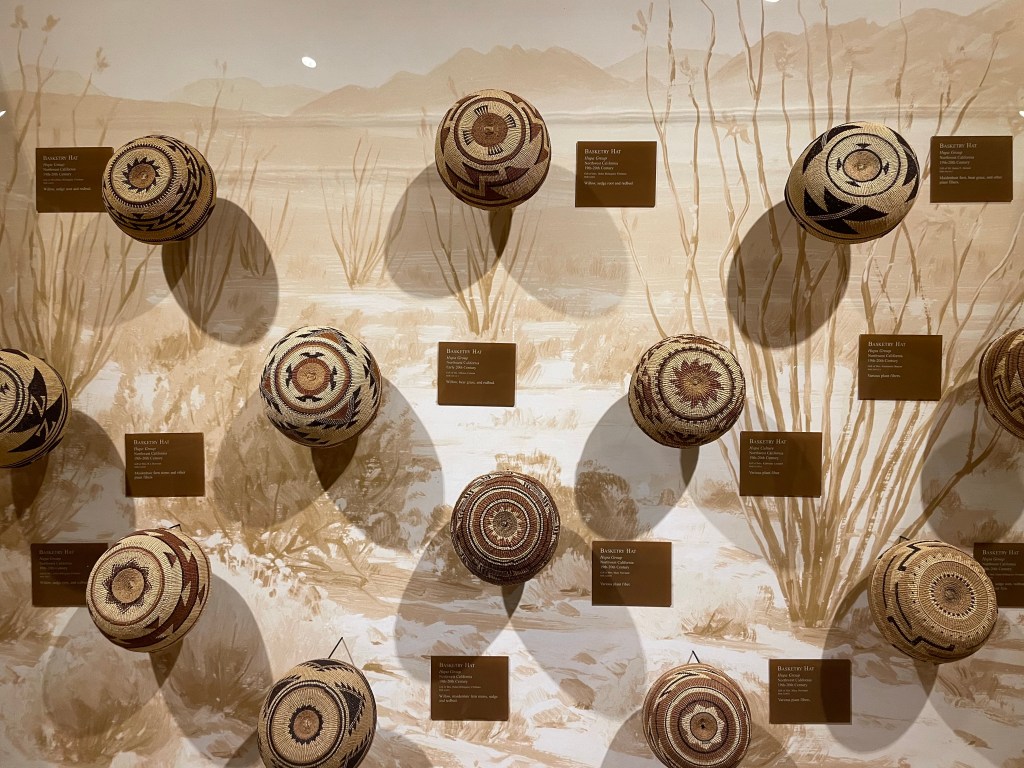I think I have been reading too many murder mysteries about people being run off a winding narrow road high in the mountains of Colorado or Tennessee or Kentucky or California. In these mysteries the offending car is always black and big. Usually, it is a black pickup truck or some gigantic SUV.
Sometimes it is the victim being killed at the start of the novel. Then later in the novel that same black car starts following the detective or other person who is starting to connect the dots and soon will identify the murderer. The same car attempts to force them off the road as well. But this time, the person is prepared and although the car might be pushed off the road, the hero/heroine survives.
The evil seems to be the car and not the driver inside, even though I know that the car has no soul. I have become highly suspicious of large black pickup trucks and SUVs, especially Ford F-150s, Dodge RAMs and Cadillac Escalades. Nothing against any of these car companies. But to be honest these trucks are big and scary, making me a bit paranoid when I see them.
Lately I have been noticing big black pickup trucks and SUVs everywhere. At the grocery store, in Costco parking lot, roaming the streets. In my area, there are many, many black Ford 150 Pickup trucks. I am not imagining it. There is a Ford plant in the Kansas City area that manufactures regular F-150s, as well as a larger commercial size F 150. So, I do not think it is my imagination that these cars are everywhere around town. Alongside them, the RAMs and Escalades also populate our streets.
My problem deals with my new obsessive behavior when I see one. With my heightened feelings of angst with the war waging in Israel and the unprecedented rise in antisemitism, I get a feeling of dread whenever I see one of these ultra-gigantic trucks entering the driveway of my synagogue or the Jewish Community Center, or any of the other Jewish community buildings.
I think I transferred my fear of those who hate and commit acts of terror onto these black vehicles!
In my mind I hear the police officer who came to teach us about safety saying “If you see something, say something.” Is seeing a large, black truck a reasonable reason to call the police or even to say anything? Last week one entered the synagogue parking lot as I left. No, I did not call the police, but I did have a little twitch in my heart.
There are probably thousands of these vehicles in the metro area. Heck, I even know people who own these mammoth. Honestly, I do realize this is a ridiculous fear … I hope.
I am trying, when I see one, to lower my angst level. I say to myself.: “Hey this is not a murder mystery or a thriller. Lots of people own these. Calm down.”
No one is going to chase me down a mountain here! Because we do not have winding, narrow mountainous roads in the Kansas City metro. I actually can only think of one such road along the river bluffs on the Missouri side, Cliff Drive. It is closed to car traffic. So I think I am safe.
What it really indicates to me is that the intense social media attacks on Jewish and Israeli people, Jew hatred apparent and emerging, as well as the media reports of these happenings, is causing me, among the many of the people I know, to have a bit more angst and fears, which leads me to look at things that use to be routine differently. I am constantly trying to determine if something is or is not a truly a threat. Hence the obsession with big black trucks.
Ten years ago a crazy hater drove to the Jewish community center and the Jewish elder care facility and shot and killed three people. The irony is that in his effort to kill Jewish people, not one of the three people he murdered was Jewish. They were all Christian. It was a tragedy that those who are Jewish and live in KC area will never forget. So my fear is not without reason. I will admit though, he was not driving a black truck.
But you know, years ago, after the Oklahoma City bombing, I was afraid of yellow Ryder trucks. I do not think I am the only one. There are no longer any yellow Ryder trucks. The company was sold, and the name and color were changed. In my mind, the bombing created the need for the change.
I do not think we will rid the world of black trucks. People like them. Murder mystery and spy novelists like them. I am probably the only person who views them askance. But I do need to rid myself of the fear of big black trucks. It is not the car who does the evil, it is the person inside the truck.
What I need to do is to help to rid the world of hatred. That is the more important goal. We should not have to have the police guarding the buildings of the Jewish communities throughout the world. We should not have to deal with swatting attacks on synagogues during Shabbat. We should not have to see people on the streets chanting for the elimination of the Jews on our city streets. We should not have the UN stay silent against the acts of Hamas and the rape of both women and men.
I have hope. If Kayne West, now known as Ye, can apologize in Hebrew on Instagram, maybe the tide is turning. Perhaps in a few months I will be able to once again ignore large black vehicles driving alongside me. Maybe my angst will dissipate. That would be a blessing.

